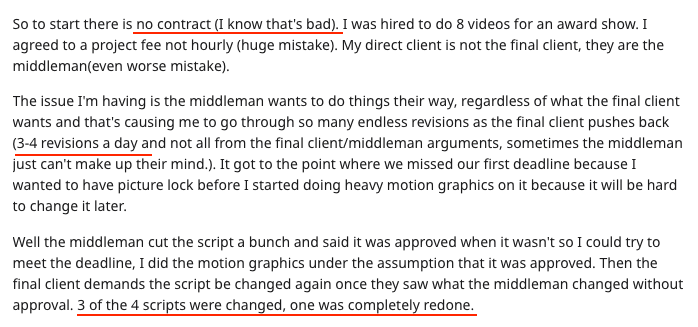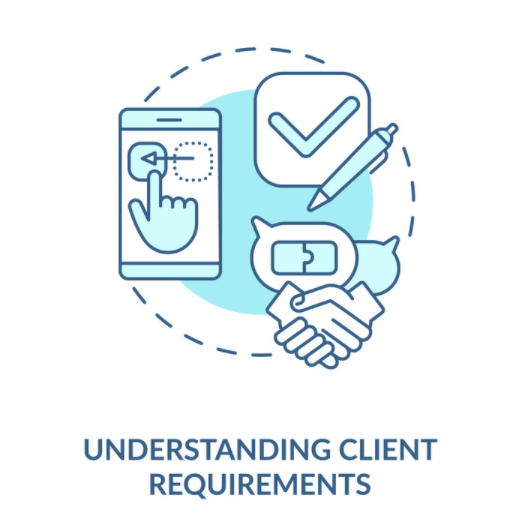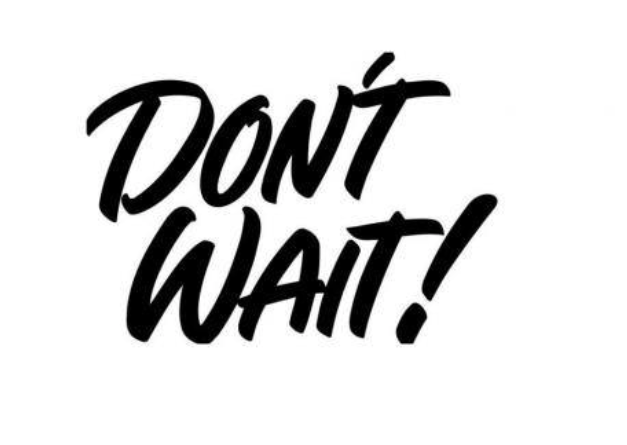You’ve done your job, you’ve written the perfect proposal and all of the effort has hopefully paid off in the form of new clients. Congratulations!
It’s now time to get to work and show them what you’re capable of.
Unfortunately, projects don’t always go smoothly. Sometimes, the new gig you landed will have you dealing with a client from hell.
No matter how you approach their project, they’ll never be satisfied.
They’ll request numerous revisions, additional work that isn’t in the project’s scope, refunds and so many other things from you.
How do you handle such a client?
Is it possible to “educate” a difficult client and tell them how things work or should you simply fire them?
The good news is that you can often reason with people, even if they’re excessively picky.
In fact, approaching a challenging client in a direct and polite way can lead to a long-lasting professional relationship.
Here are a few of the best ways to make that transformation happen.
Refer Back to the Contract
We discussed the importance of having a freelance contract before and difficult clients are the main reason why you need it.
A detailed contract will outline deadlines, payments, deliverables, refunds, revisions and everything else that goes into getting the job done.
If a client is asking for more stuff than what you originally agreed upon or they ask for free revisions, you can always refer back to the contract.

Having a written document that’s signed by both parties involved will free you from having to do a ton of additional work without getting paid.
It’s also a good idea to carry out all communication with the clients via email or somewhere you can refer back to later.
This leaves a trail of all information and what’s been discussed.
Avoid using oral agreements for serious projects. It’s way too easy to misunderstand and you’ll have no way of proving that you only accepted a certain kind of job.
So, to be on the safe side, you should have everything written down.
Keep an archive of this communication until the end of the project. Even if a client seems cool and easygoing at first, things can turn around in the blink of an eye.
Always Examine Client Demands & Requirements Quickly
Difficult doesn’t always mean unreasonable.
Sometimes, you could be reacting out of proportion because you’re emotionally involved.
Having someone challenging your work and your expertise can be a bitter pill to swallow.
As a human, however, you could be making a mistake. Even if a client’s tone is harsh, try to examine their feedback in an impartial way.
In some instances, a difficult client could be correct. If that’s the case, you should be open-minded enough to admit your flaws.

A polite and direct mail that addresses the specific concern a client has can easily turn a disgruntled customer into a loyal fan.
And if their request is reasonable, you should definitely try to make things right (even if the tone isn’t the most polite one when a client communicates with you).
Even the best editors or designer make mistakes. You have to put your ego away and acknowledge the fact that a client could be right.
Don’t take it personally, focus on the project and you’ll soon be done with the episode. This is of course only if you think the client is being reasonable and they’re not asking for a complete change of the project.
Don’t Wait for Little Issues to Become Big Issues
This is a very common mistake, especially when it comes to newbie freelancers who don’t want to offend a client.
In order to enjoy peace and harmony, they don’t address red flags until the situation gets out of control.
When they try to mitigate the damages, the results are mediocre at best and a very bad review or complete refund at worst.

Are you worried about additional requests from a client or a comment they made about the quality of a project?
If so, speak up then and there. The more you wait and put up with illogical client demands, the more difficult it will be to end the interaction on good terms.
There are ways to be polite and still keep a challenging client in check.
Let them know you’re concerned about a specific aspect of the relationship and offer a solution that you feel comfortable with.
At the same time, draw some healthy boundaries to protect yourself.
This is your right and the only way to maintain your sanity until the end of the project.
Keep Your Cool
Having your work attacked by someone who isn’t an expert in the field is often going to be infuriating.
After all, they hired you to do a certain job, didn’t they?
A client that later on comes with unreasonable requests or corrections that have nothing to do with quality could make you blow up.
The biggest thing to remember when dealing with difficult clients is to keep your cool.
A yelling match (or aggressive emails) isn’t going to benefit anyone. Proving that you are right is also not the best solution.
True, you’ll feel vindicated but you’ll probably lose a customer. If that doesn’t matter much, they could leave a bad review or ask for a full refund.
Do your best to keep the communication level headed, impartial and professional.
If a client is being unrealistic, outline the reasons why their request isn’t going to work.
Build your response on evidence (like a contract) and actual documentation can help you establish your position without insulting anyone.
You should never respond to a difficult client while you’re angry.
Take some time to cool down and think things through.
After you’ve had a few hours to process the situation, you’ll find it much easier to come up with a response that serves your purpose best without being aggressive or negative.
Know When to Fire a Client
Have all of the above-mentioned approaches failed?
If so, you’re definitely dealing with the client from hell.
Every freelancer has had to communicate with a few of those. They’re never satisfied, they always want more and even when they get it, they still wouldn’t admit you’ve done a good job.
Sometimes, you’ll have to decide if keeping a difficult client is worth it.
There are several instances in which terminating a project would be the best case scenario.
If you have to carry out dozens of revisions, you’re probably losing money.
It’s essential to fire a client or terminate a project that’s keeping you from handling work for other clients in the best way.
Being angry and shaken by the communication with someone is going to affect all of the work that you do.
The money you’ll make from that specific project is simply not going to be worth it, if that’s the case.
When you’re thinking about firing a client, you have to make sure that you’ll get paid for the amount of time you’ve already clocked in.
Before walking away, inform the client of the progress that you’ve made and how you’re going to be billing them (on the basis of what your freelance contract states).
Often, a challenging client may decide to soften the tone a bit if you decide to walk away.
Even if they don’t, getting rid of a project that is draining will be the best thing to do for your career.
Don’t be afraid of firing clients. Having the power to choose the people you’re going to be working with is one of the most liberating and exciting aspects of being a freelancer.
Bonus Tip: Always Be the One in Control!
Very often, a client will think that the fact they’re spending money on a project puts them in the driver’s seat.
Whenever a client is attempting to control a project and micro-manage, you will run into lots of issues. This is why you have to be the one in charge at any given moment.
They can of course come with inputs and feedback, but there is a balance and you need peace and time to do the work.
Make sure that you’re steering conversations in the right direction. Propose steps and milestones that make sense.
If a client doesn’t agree with these suggestions or your plan, explain why they make sense.
Giving customers more clarity (especially if they’re not familiar with the field) will often be enough to get them convinced.

Allowing a client to walk all over you is never a good thing.
True, you’ll get paid in the end but would the whole ordeal be worth it?
As a freelancer, you’ll get to “meet” all kinds of people in need of a service.
That’s cool but you’ll also have to be prepared for an array of challenges.
Different personalities and communication styles can lead to clashes.
The same holds true for unrealistic expectations that haven’t been checked through a proper project discussion.
Make sure that you’re employing the tools at your disposal to protect yourself and reduce the likelihood of unreasonable client demand.
With time and experience, you’ll master the art of handling difficult customers. In the beginning, however, you shouldn’t be afraid of asserting yourself and saying “no” whenever the situation calls for such an answer.








Comments 1
Pingback: Being a Part-Time Freelancer vs. Quitting Your Day Job - Taspin.com